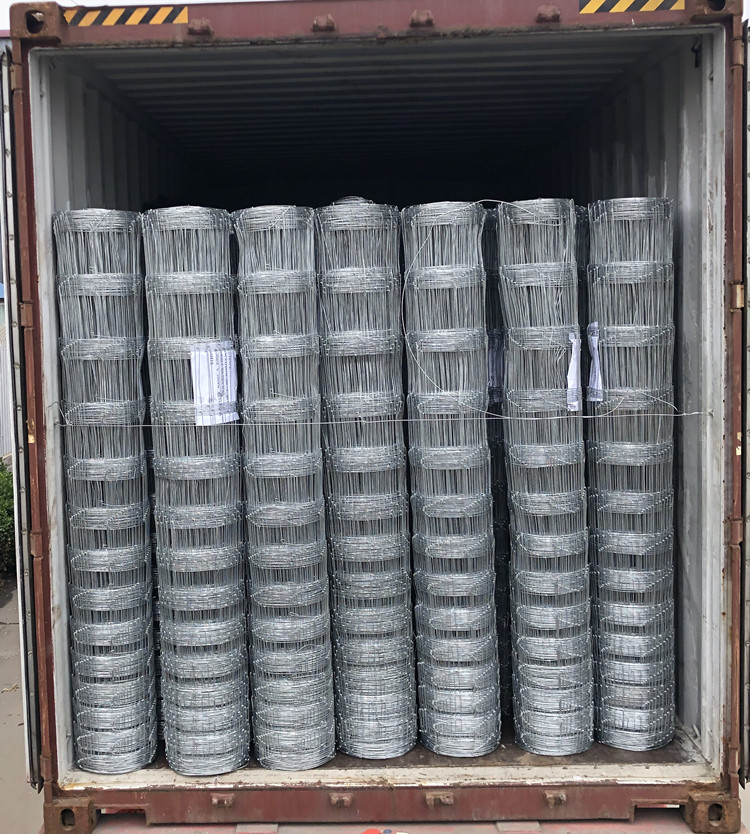Dec . 10, 2024 22:35 Back to list
High-Quality Gabion Cage Solutions for Construction and Landscaping in China
The Versatility and Benefits of China Gabion Cage Products
In recent years, Gabion cages have garnered significant attention in various construction and landscaping projects around the globe. China, being a leading manufacturer of such products, has positioned itself as a crucial player in this market. Gabion cages are essentially wire mesh containers that are filled with rocks, concrete, or other materials, and they serve a multitude of purposes due to their versatility, strength, and environmental benefits.
What are Gabion Cages?
Gabion cages, traditionally made of hexagonal wire mesh, are designed to hold rocks or other materials securely. They can vary in size and shape, making them adaptable to different functionalities. Commonly used in civil engineering, landscaping, and erosion control, these cages provide a robust structure that can withstand environmental pressures, making them an effective solution for various challenges.
Applications of Gabion Cages
1. Erosion Control One of the primary applications of Gabion cages is erosion control. They are often used along riverbanks, slopes, and coastal areas to stabilize the soil and prevent erosion. By placing the cages filled with stones or boulders, the flow of water can be redirected, reducing its erosive power and protecting the landscape.
2. Retaining Walls Gabion cages are also utilized in the construction of retaining walls. Their flexibility in design allows engineers to create walls that can support large amounts of earth and provide a long-lasting solution. The porous structure of Gabions allows for water drainage, reducing pressure against the wall and enhancing stability.
3. Landscaping In landscaping, Gabion cages have become a popular choice for creating unique design elements. They can be used as decorative features, seating areas, or as part of pathways. The natural look of stone-filled cages blends seamlessly with outdoor environments, providing both functionality and aesthetic appeal.
china gabion cage products

4. Flood Management In areas prone to flooding, Gabion cages serve as an effective barrier. When strategically placed, they can redirect water flow and absorb excess water, minimizing damage to properties and infrastructure. Their structural integrity makes them ideal for protecting against floodwaters.
Advantages of Using Gabion Cages
1. Eco-Friendly One of the key advantages of Gabion cages is that they are environmentally friendly. They can be filled with locally sourced materials, reducing the carbon footprint associated with transportation. Additionally, their porous design allows for vegetation growth, promoting biodiversity and enhancing the landscape's natural beauty.
2. Cost-Effective Compared to traditional building materials, Gabion cages offer a cost-effective solution. The materials used for filling the cages, such as rocks or recycled concrete, are often less expensive. Moreover, their ease of installation can result in lower labor costs.
3. Durability Gabion cages are designed to withstand harsh conditions. The wire mesh is often galvanized or coated to prevent rusting, while the filled materials provide stability and longevity. This makes them an ideal choice for projects that require durability over time.
4. Flexibility The flexibility of Gabion cages allows them to be molded into various shapes and sizes to meet specific project requirements. Whether used for large-scale civil engineering projects or small landscaping features, their adaptability sets them apart from traditional construction materials.
Conclusion
As the demand for sustainable and versatile construction materials continues to grow, Gabion cages from China stand out as an innovative solution for various applications. Their use in erosion control, landscaping, flood management, and retaining walls highlights their ability to meet diverse needs while promoting environmental sustainability. With their cost-effectiveness, durability, and design flexibility, Gabion cages are poised to remain a popular choice in the construction and landscaping sectors. As more contractors and designers discover the benefits of these products, their use is likely to expand, contributing to more sustainable building practices worldwide.
-
Enamel Cast Iron Casserole&Cast Iron Casserole Dish on Hob|Heat Retention,Non-Stick Surface
NewsAug.17,2025
-
enamel cast iron casserole-Anping County Xingzhi Metal Wiremesh Products Co.,Ltd|Heat Retention&Non-Stick Surface
NewsAug.17,2025
-
Enamel Cast Iron Casserole-Anping County Xingzhi Metal Wiremesh Products Co., Ltd|Superior Heat Retention&Versatile Cooking Solutions
NewsAug.17,2025
-
Enamel Cast Iron Casserole - Anping County Xingzhi Metal Wiremesh Products Co., Ltd | Heat Retention, Non-Stick Surface
NewsAug.17,2025
-
Enamel Cast Iron Casserole - Anping County Xingzhi Wire Mesh Co., Ltd.
NewsAug.17,2025
-
Enamel Cast Iron Casserole - Anping County Xingzhi Metal Wiremesh Products Co., Ltd.|Heat Retention,Versatile Cooking
NewsAug.16,2025



